William Middleton WALLACE (Souchez 62)
9 mars 2018
William "Willie" Middleton Wallace (23 September 1892 – 22 August 1915) was a rugby union player. He played fullback for Cambridge University RFC and was capped for Scotland in 1913–14.
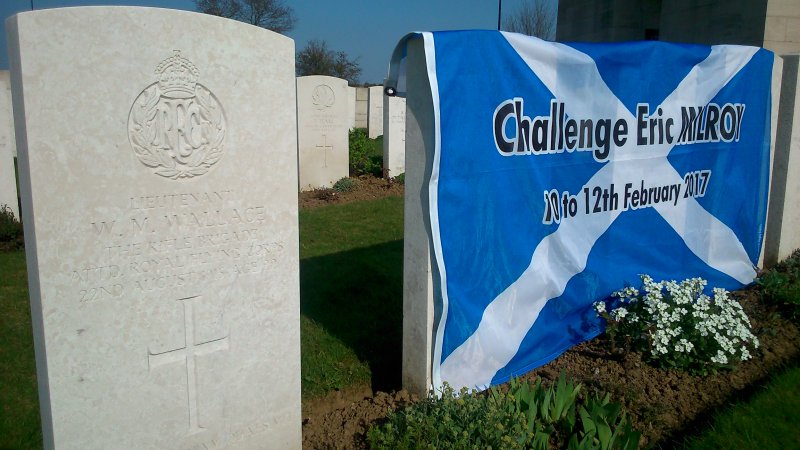
Having grown up in Edinburgh, Willie Wallace went to King’s College, Cambridge in 1912, where he was immediately noticed for his rugby-playing ability. He was selected to play against Oxford in the Varsity Match in his first term. Later in the season, in March 1913, Scotland picked him to play away against England, in a close game, which England won by just three points. The following season he played in all three Home Nations matches against Wales, Ireland and England.
He was commissioned second lieutenant in The Rifle Brigade (Prince Consort’s Own) at the start of the First World War and departed for the Western Front a few weeks later. In February 1915, he was attached to the Royal Flying Corps and soon became No. 2 Squadron’s senior observer. In August 1915, while on a photographic reconnaissance mission, his aircraft was shot down in northern France, near Lille. At the time of his death, it was suggested that he might have been the first undergraduate to see action in the war.
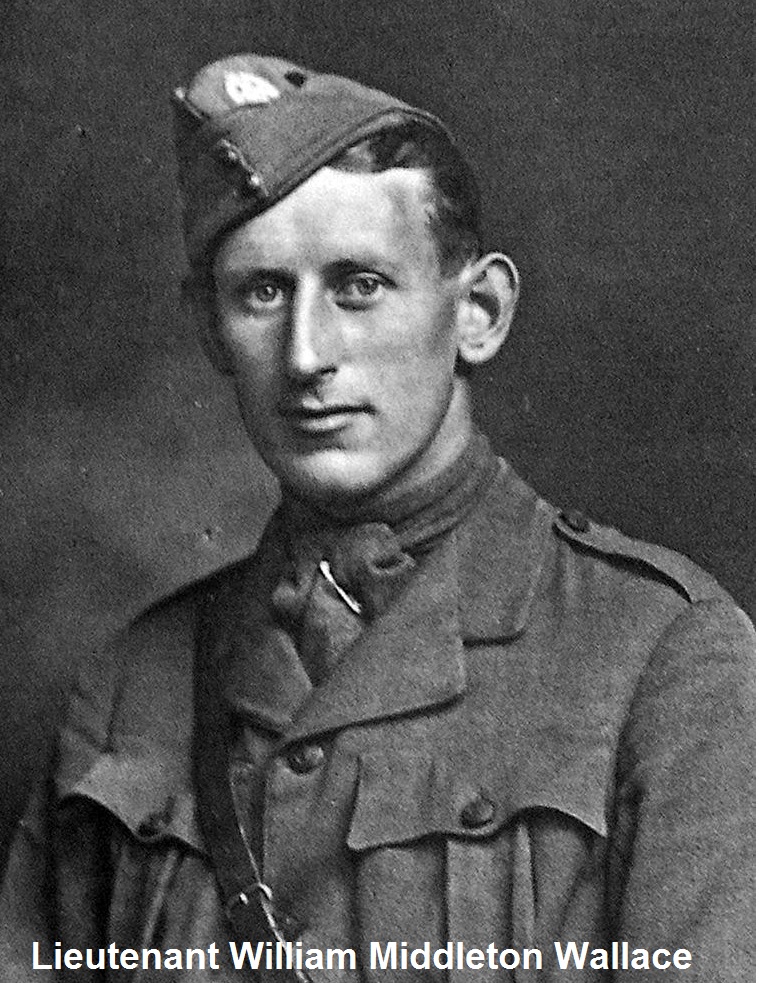
Rugby career
According to the rugby journalist and author E. H. D. Sewell, Wallace was the best fullback in the United Kingdom between 1912 and 1914. On arriving at Cambridge in 1912, his performance in the freshers’ rugby match earned him his place on the Cambridge XV to play Oxford in the Varsity Match.
He was selected to play for Scotland against England in 1913 ; and Wales, Ireland, and England in 1914.
Scotland’s first Five Nations Championship match of 1914 was on 7 February, played away to Wales at Cardiff. Scotland had not won in Cardiff since 1890 and Wales were favourites, having ’lost so unluckily against England. The match pitted Welsh forward strength against the swift threequarter line of the Scots. The first points came from a try for Scotland by W. A. Stewart, converted by Hamilton, giving the visitors a five-point lead after four minutes. These were the only points they scored. Wales then attacked repeatedly and Wallace was kept busy in defence. With a 7–5 lead at half time, the Welsh pressed their advantage and ended the game 24–5 winners.
In the country’s final game before the outbreak of the First World War, on 21 March Scotland played host to an English team that had already defeated Wales and Ireland. The Scots, with the wind behind them, opened the scoring in the first half with a try but England equalised just before half time. After the break, England got up a lead of 6–16 and the visitors seemed certain to win. Scotland responded and closed the gap to one point. The English were then playing with fourteen men after Cherry Pillman’s leg was broken in a tackle, since substitutions at the time were not allowed. They managed to hold on, beating Scotland 15–16, thereby winning both the Triple Crown and the Calcutta Cup, as well as the Five Nations. It was England’s last international test on British soil before the First World War : of the 30 players in the match, 11 went on to be killed in it, including the Englishman Arthur James Dingle, who died the same day as Wallace.
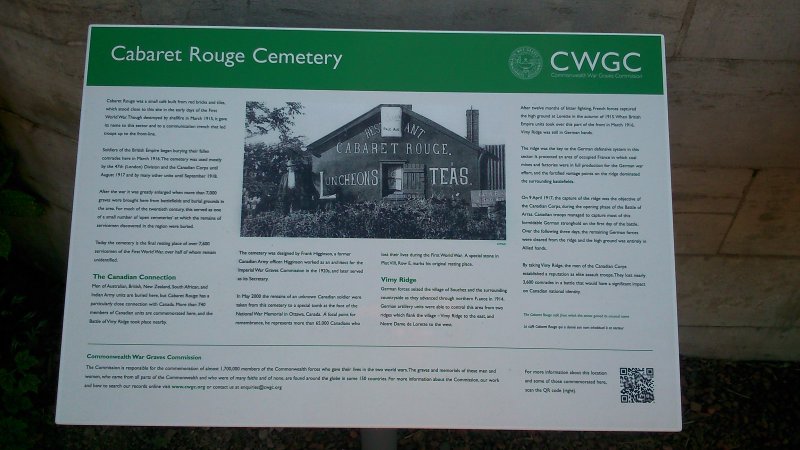
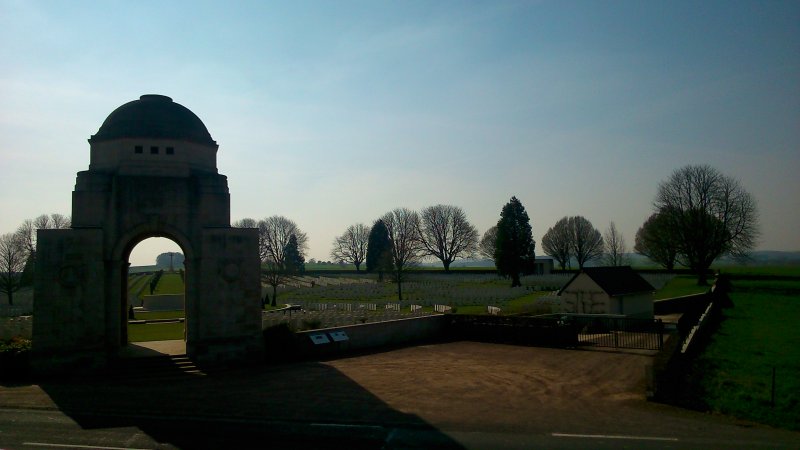
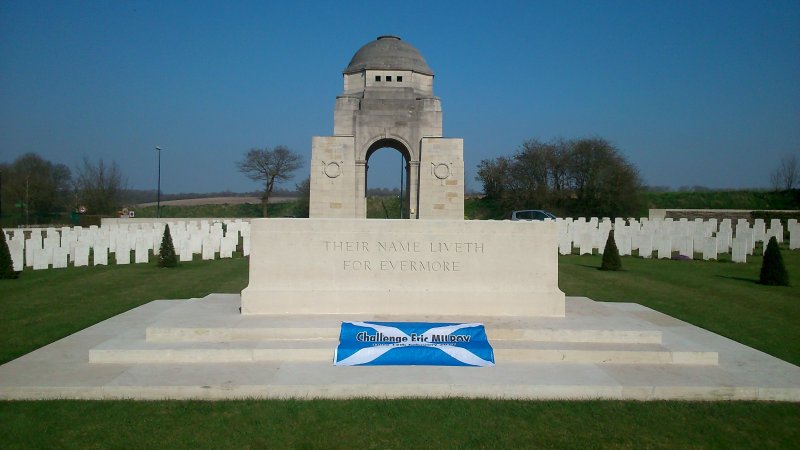
He died on 22 August, 1915, age 22,
and is buried in Cabaret-Rouge British Cemetery, Souchez.
